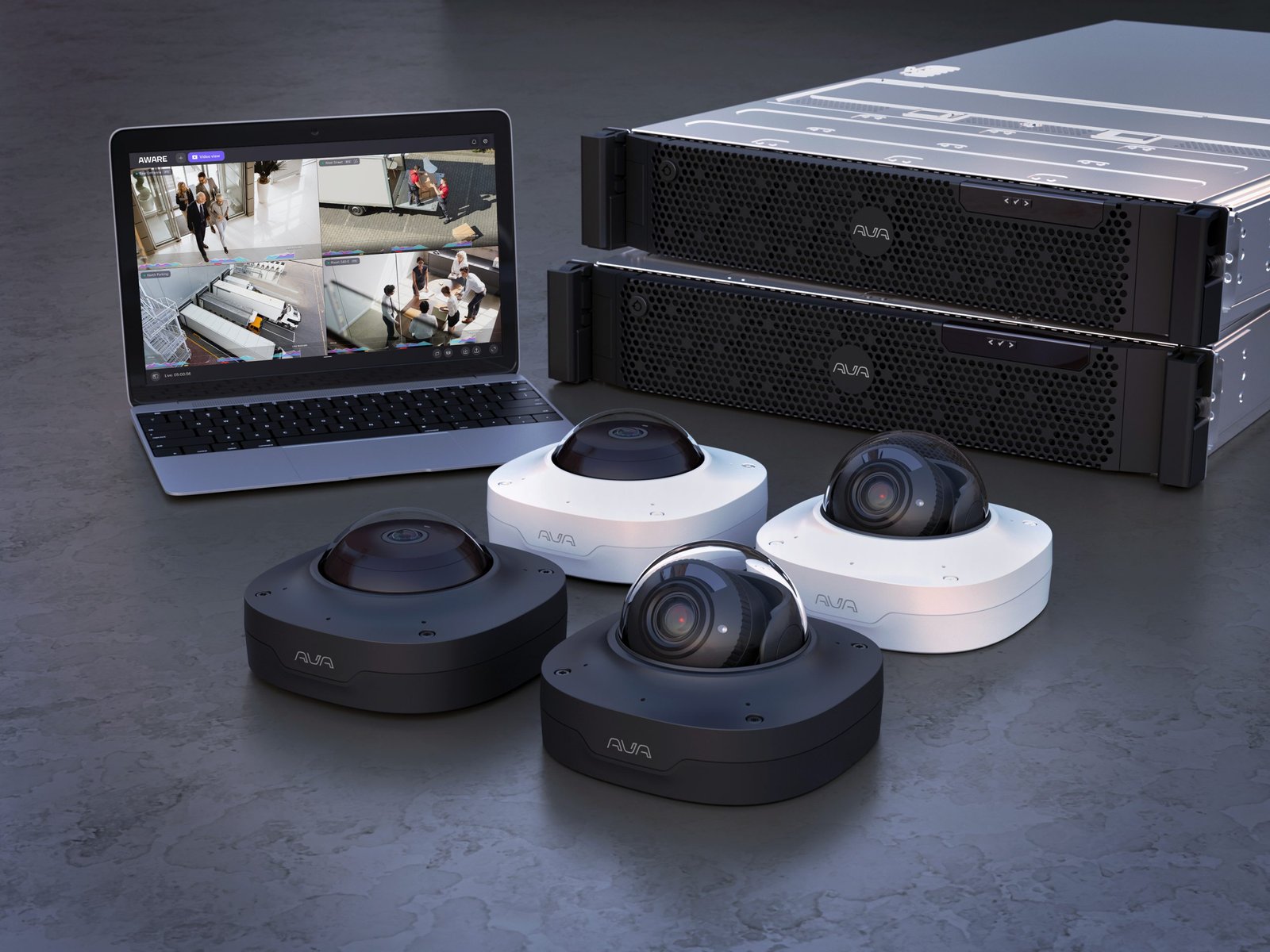Smart Security: Integrating Technology for Safer Environments
- By -Mash
- Posted on
- Posted in Security Technology
In an era where security concerns are increasingly complex, integrating advanced technology into security systems is crucial for creating safer environments. Smart security solutions leverage cutting-edge technologies to provide comprehensive protection, enhance threat detection, and streamline response mechanisms. This article explores how integrating technology into security systems is transforming safety and security across various environments.

The Rise of Smart Security Solutions
1. Unified Security Systems
Smart security solutions integrate multiple security technologies into a unified system. This integration combines surveillance cameras, sensors, alarms, and access control systems into a cohesive network. By centralizing these components, smart security systems provide a comprehensive view of security operations and enable more efficient management. This unified approach enhances overall security effectiveness and simplifies monitoring and control.
2. Advanced Surveillance Technologies
Modern surveillance technologies, such as high-definition cameras and Internet of Things (IoT) sensors, are integral to smart security systems. High-definition cameras offer clearer and more detailed video footage, improving the ability to identify and track individuals or events. IoT sensors provide real-time data on environmental conditions, such as motion detection, temperature changes, and door status. Integrating these technologies into security systems enhances situational awareness and response capabilities.
Artificial Intelligence and Machine Learning
1. Intelligent Video Analytics
Artificial Intelligence (AI) and Machine Learning (ML) are revolutionizing video surveillance through intelligent video analytics. AI-driven systems analyze video feeds to detect and classify objects, recognize faces, and identify unusual behaviors. These systems can alert security personnel to potential threats, such as unauthorized access or suspicious activities, in real-time. By automating video analysis, AI enhances the efficiency and accuracy of surveillance operations.
2. Predictive Security Analytics
AI and ML also enable predictive security analytics, which involves analyzing historical data to forecast potential security threats. By identifying patterns and trends in past incidents, predictive analytics can anticipate future risks and recommend preventive measures. This proactive approach allows security teams to address vulnerabilities before they lead to security breaches.
Smart Access Control Systems
1. Biometric Authentication
Biometric authentication systems, such as fingerprint scanners, facial recognition, and iris scanners, provide secure and convenient access control. These systems use unique biological traits to verify identities, reducing the risk of unauthorized access. Biometric authentication is particularly valuable for high-security environments, where traditional access methods may be insufficient.
2. Remote Access Management
Smart security systems also offer remote access management capabilities. Through mobile applications and cloud-based platforms, security personnel can monitor and control access to facilities from anywhere. Remote access management enables real-time adjustments to access permissions, instant notifications of access events, and remote unlocking of doors or gates, enhancing flexibility and control.
Integration with IoT Devices
1. Connected Security Ecosystem
The integration of Internet of Things (IoT) devices into security systems creates a connected security ecosystem. IoT sensors and devices, such as smart locks, environmental monitors, and surveillance cameras, communicate with each other and centralize data collection. This interconnected network provides a comprehensive view of security status and facilitates coordinated responses to incidents.
2. Real-Time Monitoring and Alerts
IoT integration enhances real-time monitoring and alert capabilities. Sensors can detect changes in environmental conditions, such as unusual movements or fire hazards, and send instant alerts to security personnel. This real-time data enables quick response actions and improves overall situational awareness.
Cloud-Based Security Solutions
1. Scalable and Flexible Security
Cloud-based security solutions offer scalable and flexible security management. By storing and processing security data in the cloud, organizations can easily expand their security infrastructure without significant upfront investments. Cloud-based solutions also provide remote access to security data and controls, allowing for greater flexibility in managing security operations.
2. Data Backup and Recovery
Cloud-based security systems ensure data backup and recovery, protecting against data loss and system failures. Regular backups of security data, such as video footage and access logs, are stored in the cloud, providing a reliable recovery option in case of emergencies or system disruptions. This ensures that critical security information is preserved and accessible when needed.
Cybersecurity Integration
1. Protecting Digital Infrastructure
Integrating cybersecurity measures into smart security systems is essential for protecting digital infrastructure. Network security protocols, encryption, and firewall protections safeguard against cyberattacks that may target security systems. By incorporating robust cybersecurity practices, organizations can prevent unauthorized access and ensure the integrity of their security systems.
2. Secure Data Transmission
Secure data transmission is a key aspect of integrating cybersecurity into smart security systems. Data transmitted between security devices, such as cameras and sensors, and central monitoring systems must be encrypted to prevent interception and tampering. Ensuring secure communication channels enhances the overall security of the system.
The Future of Smart Security
1. Adaptive Security Solutions
The future of smart security lies in adaptive security solutions that respond dynamically to emerging threats. Advances in AI and machine learning will enable security systems to continuously learn and adapt to new risks. Adaptive security solutions will provide more accurate threat detection, automated responses, and proactive risk management.
2. Integration with Emerging Technologies
Smart security systems will increasingly integrate with emerging technologies, such as augmented reality (AR) and virtual reality (VR), to enhance situational awareness and training. AR and VR can provide immersive simulations for security personnel, improving their preparedness for real-world scenarios. The integration of these technologies will further advance the capabilities of smart security systems.
Conclusion
Smart security solutions are transforming the way we protect environments by integrating advanced technologies into cohesive and effective systems. Through the use of AI, ML, biometric authentication, IoT devices, cloud-based solutions, and cybersecurity measures, smart security systems offer enhanced protection, real-time monitoring, and proactive threat management. As technology continues to evolve, smart security will play an increasingly critical role in ensuring safety and security across diverse environments.



